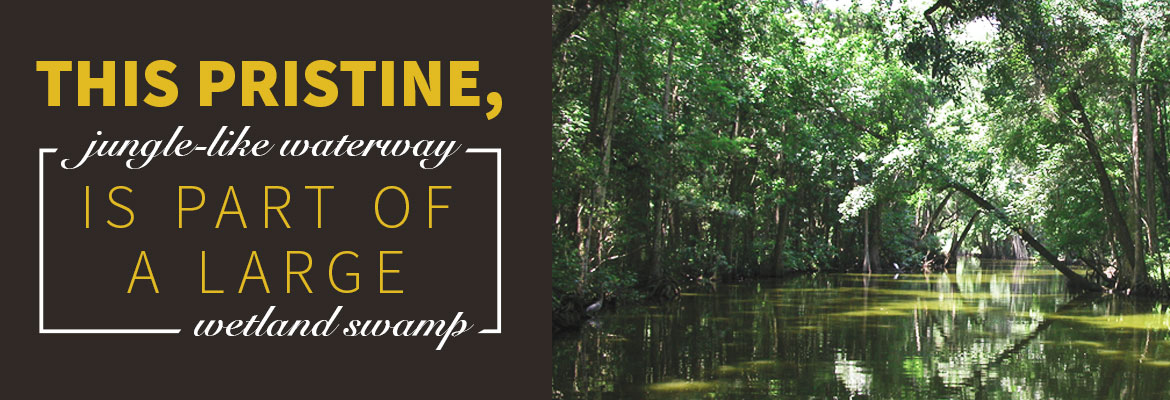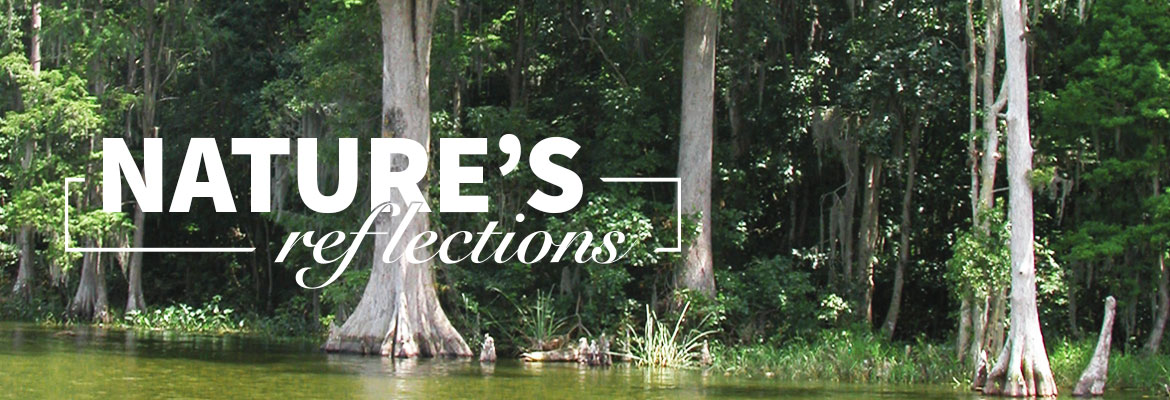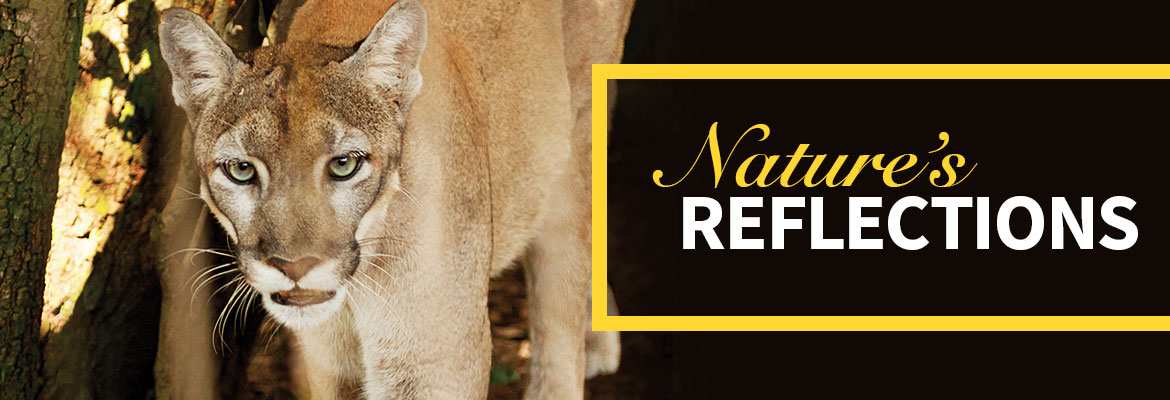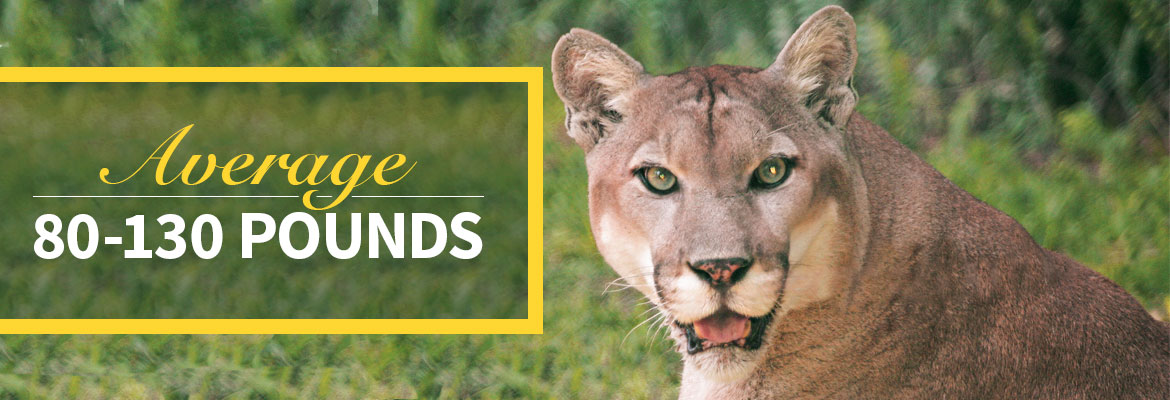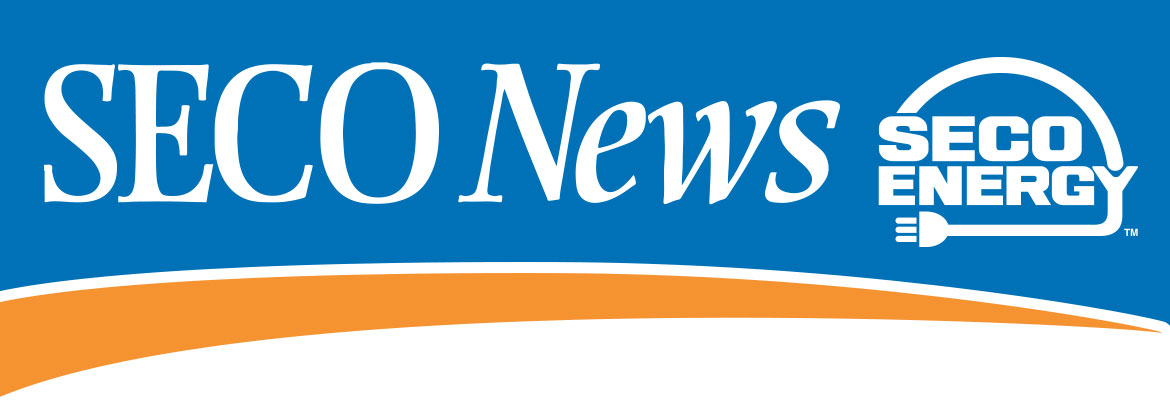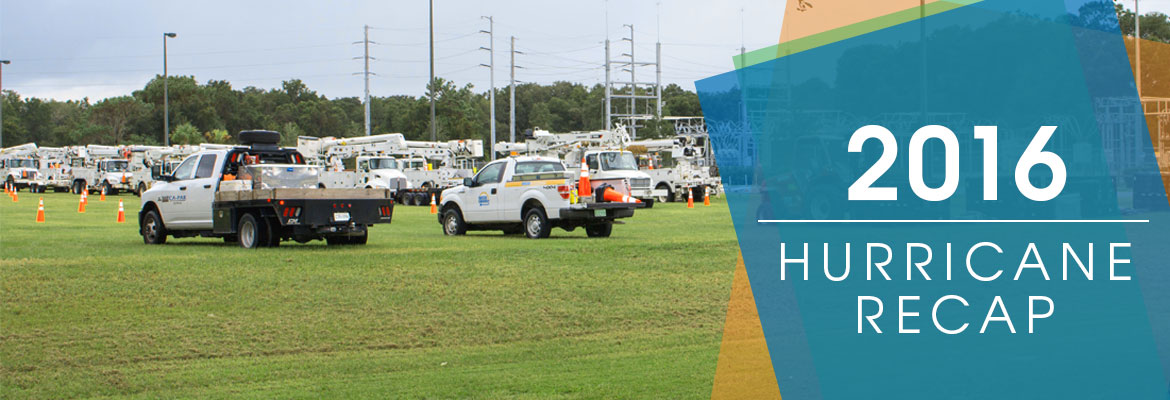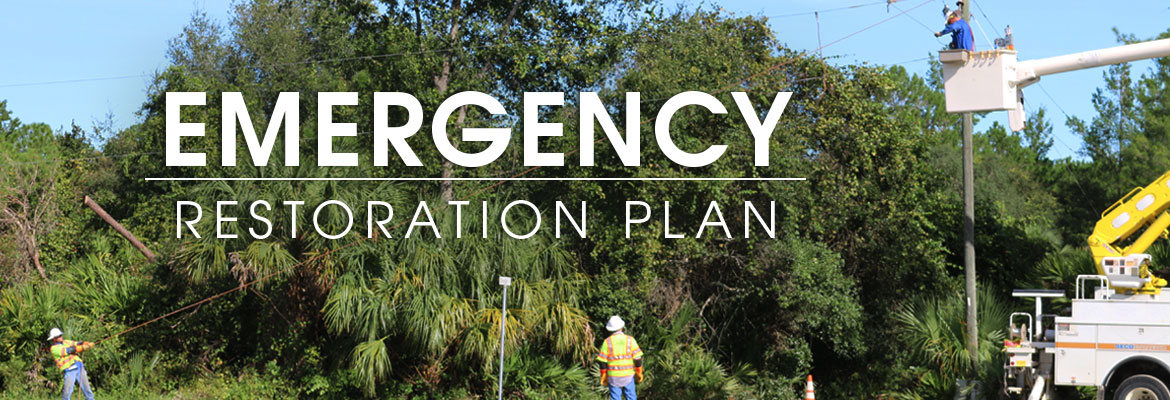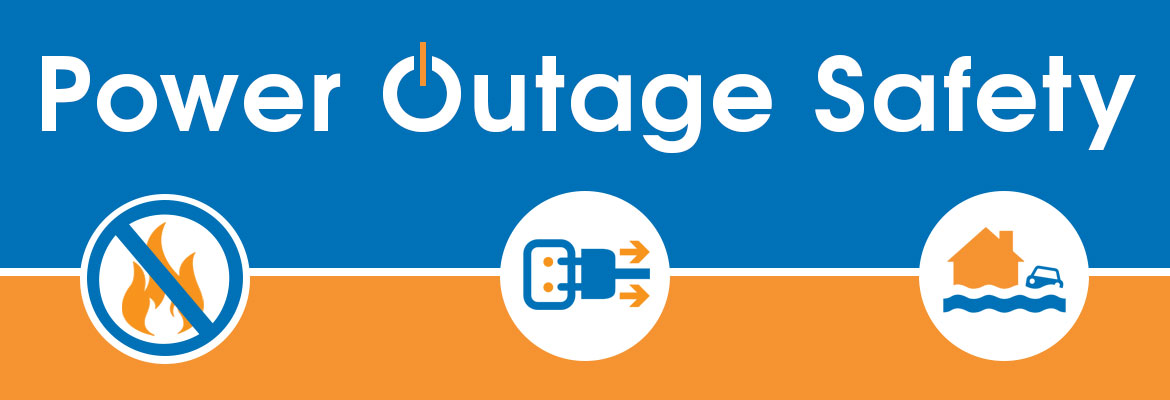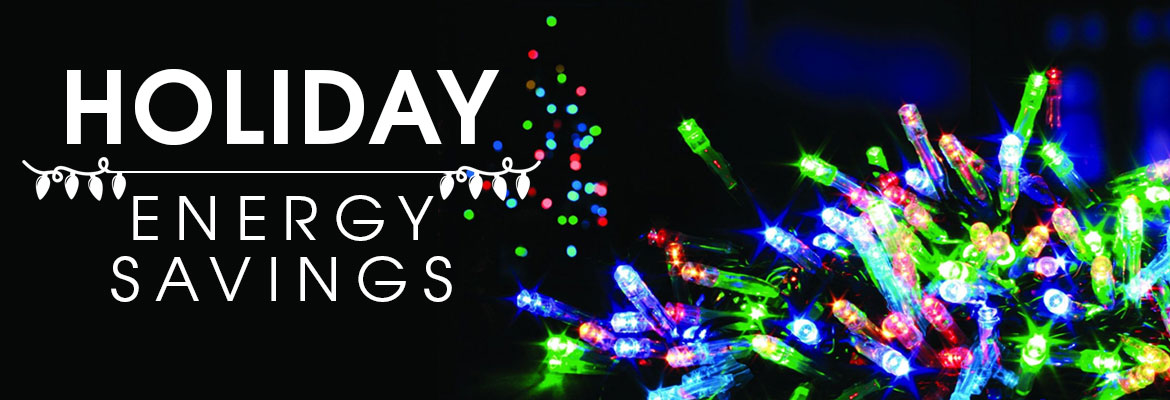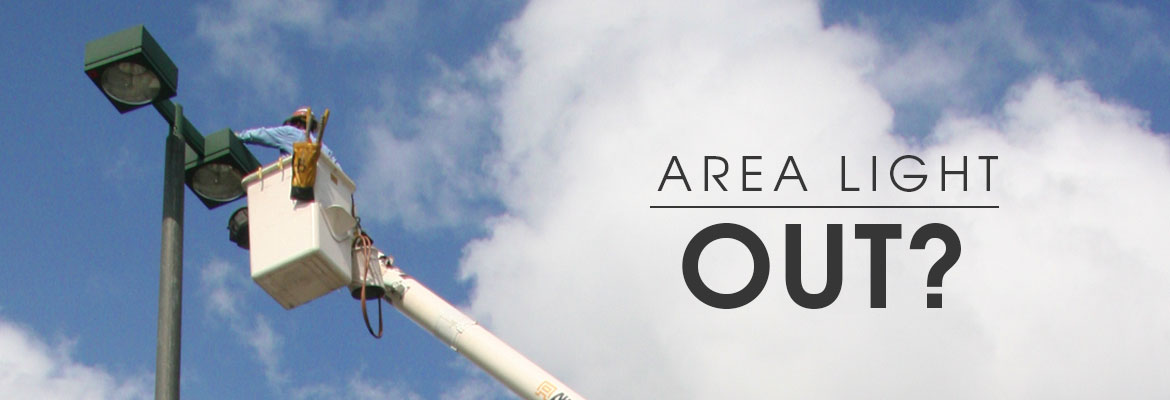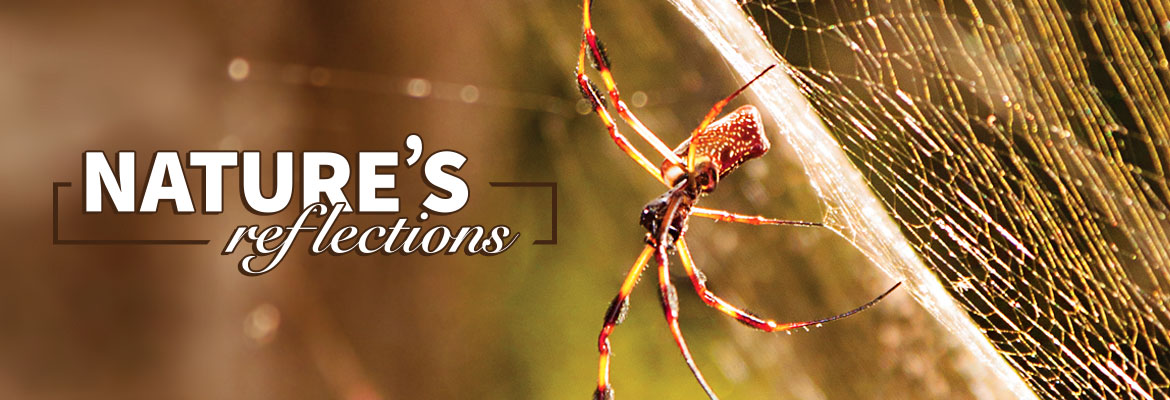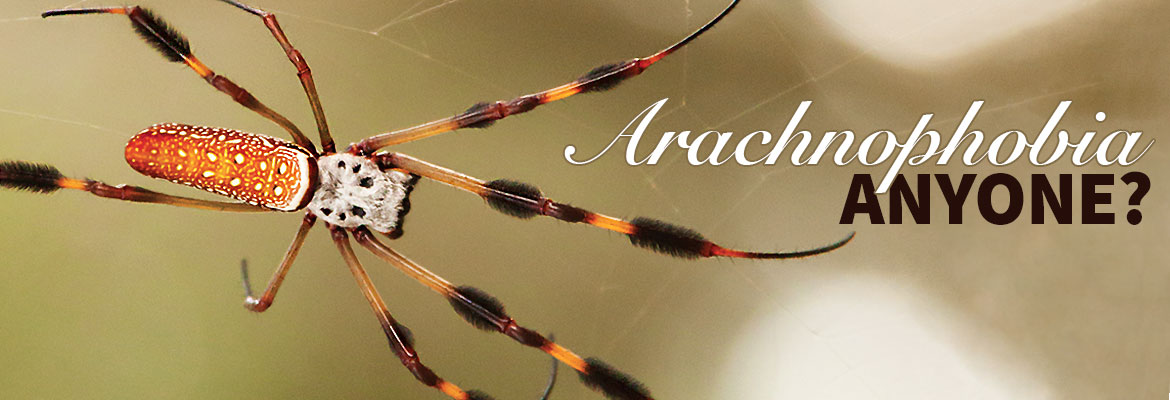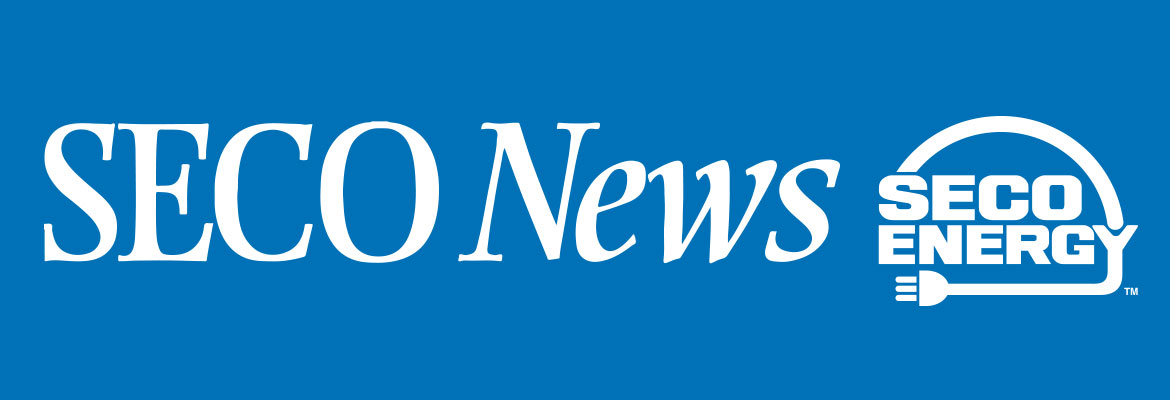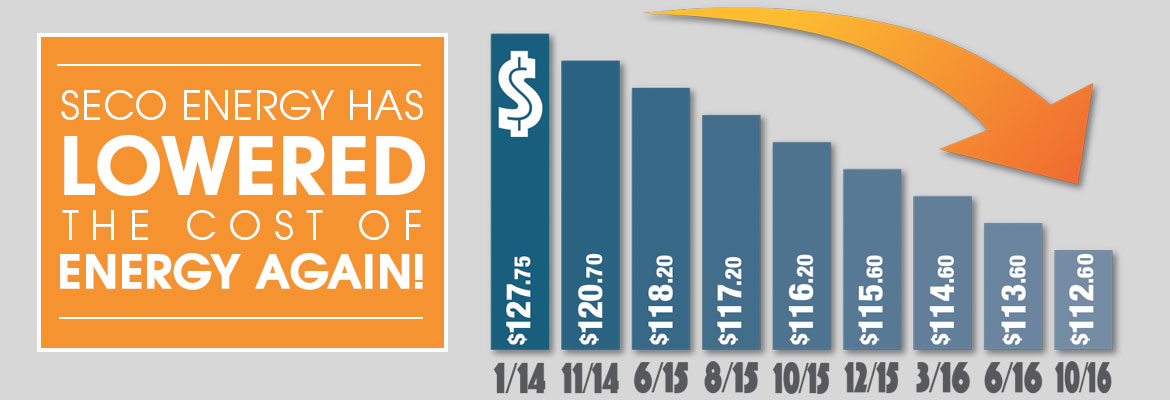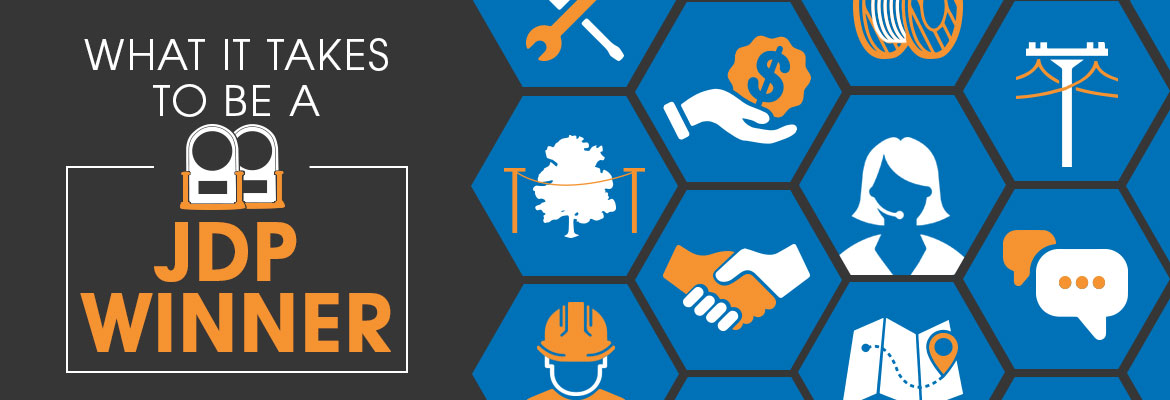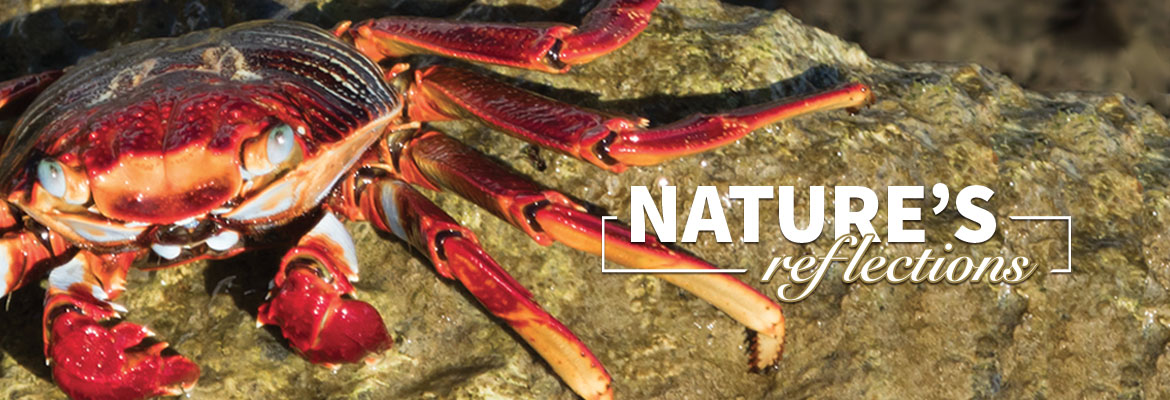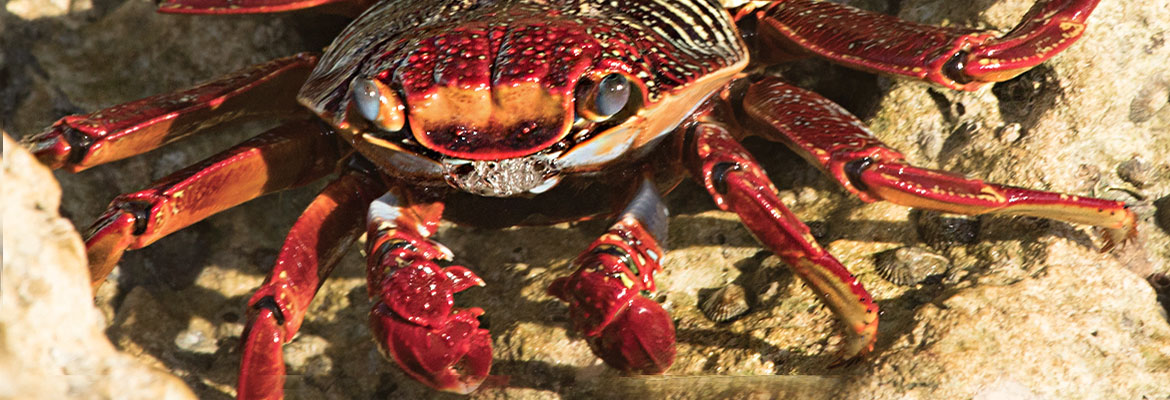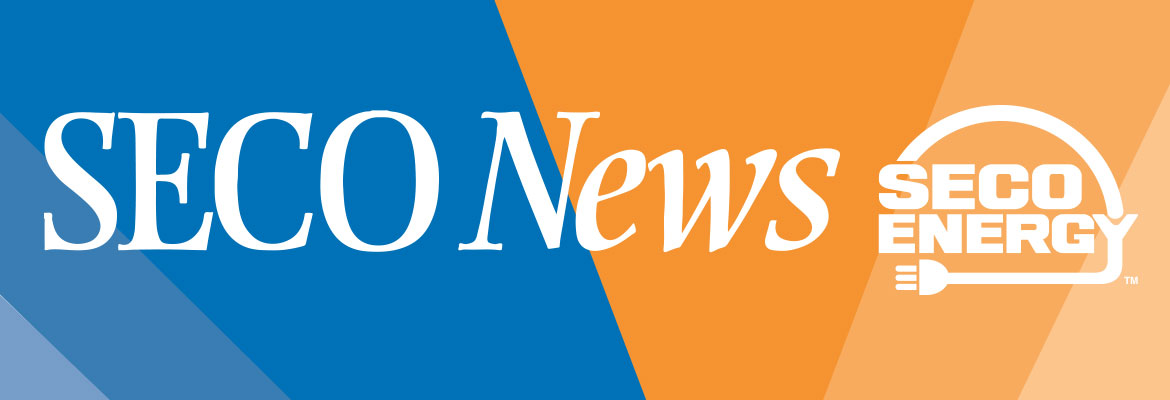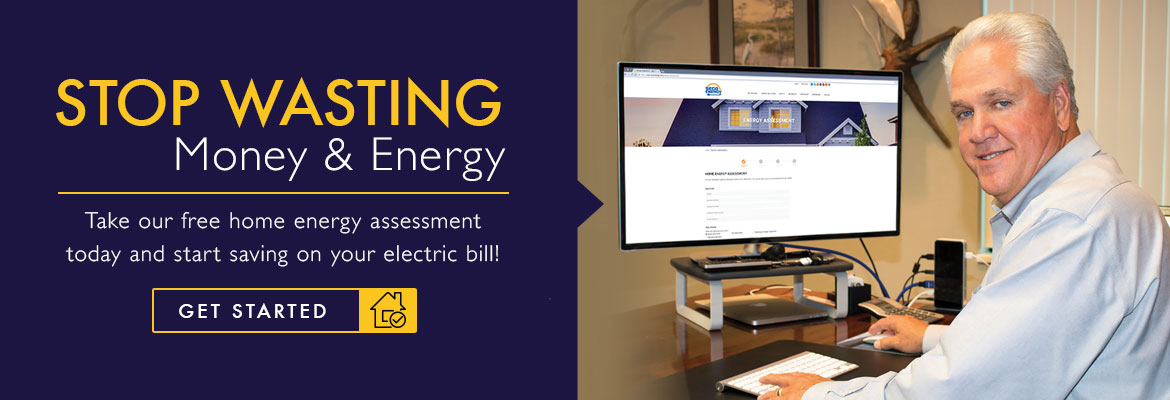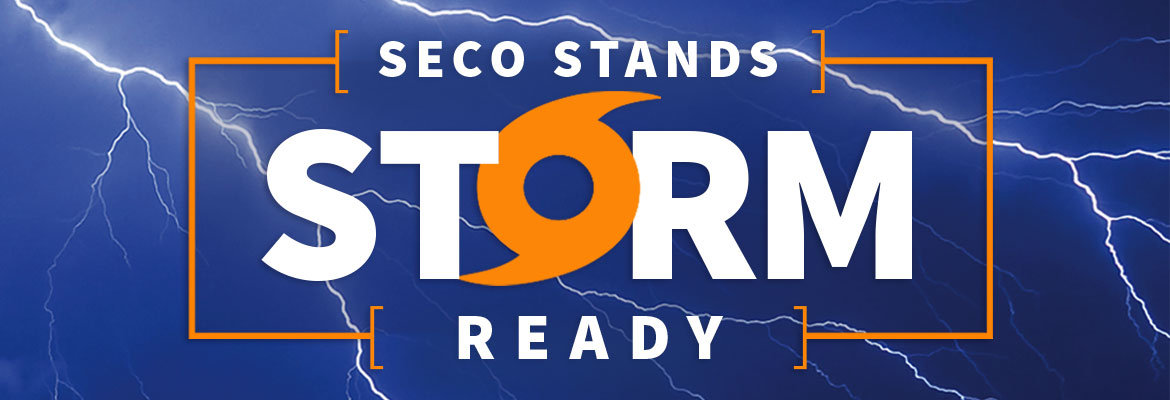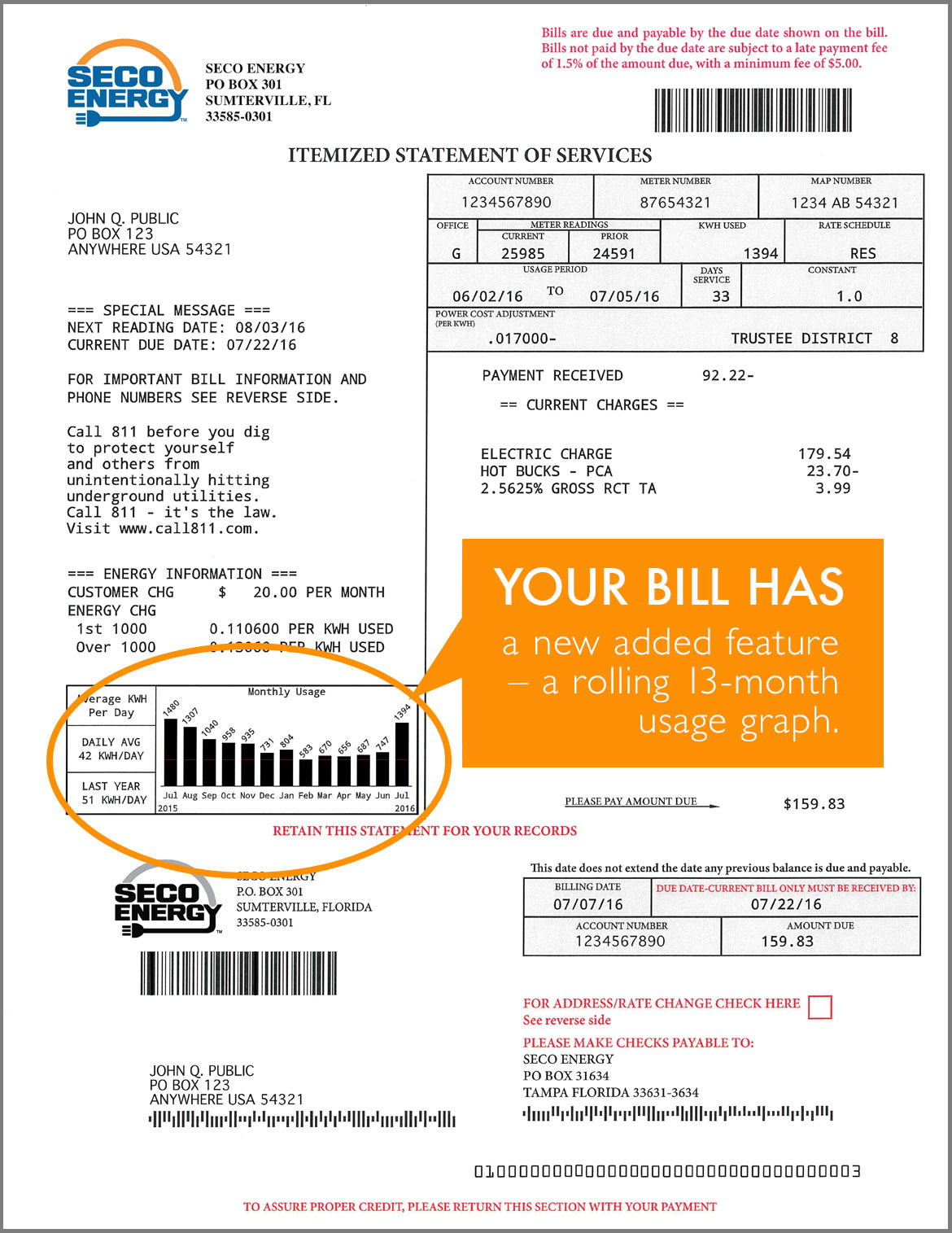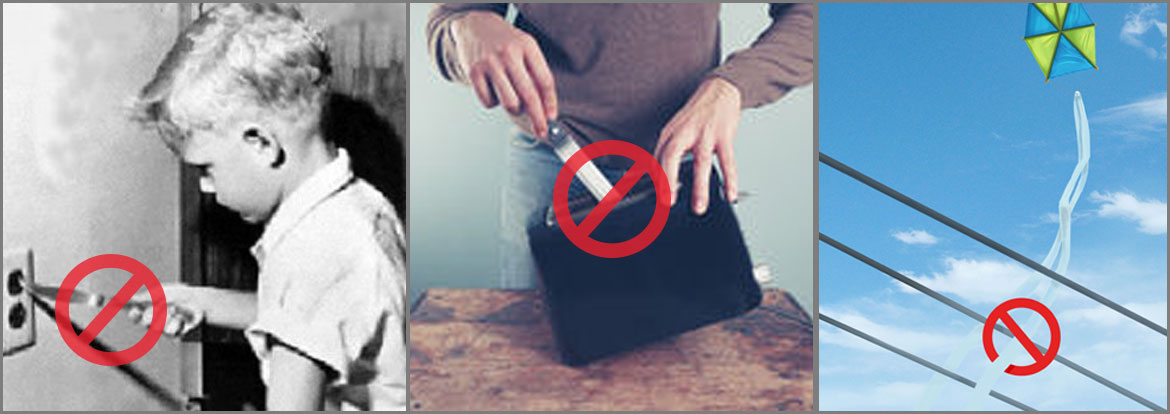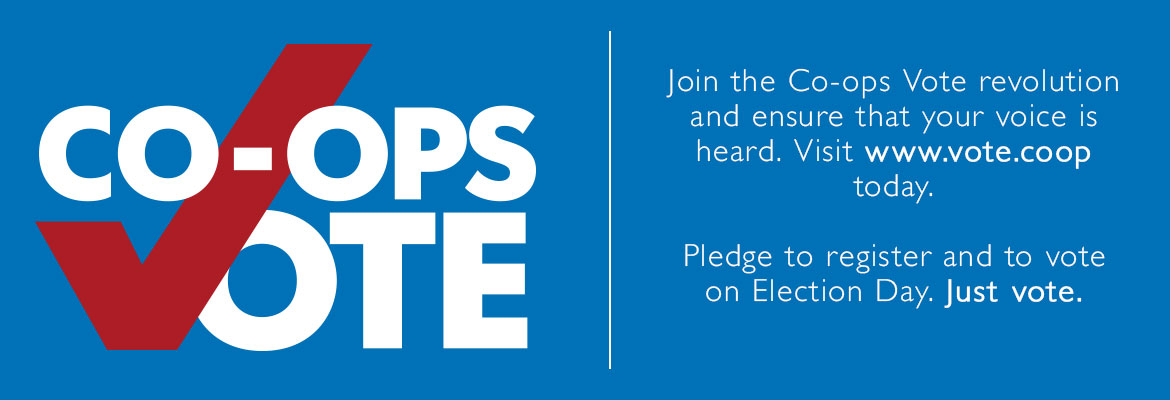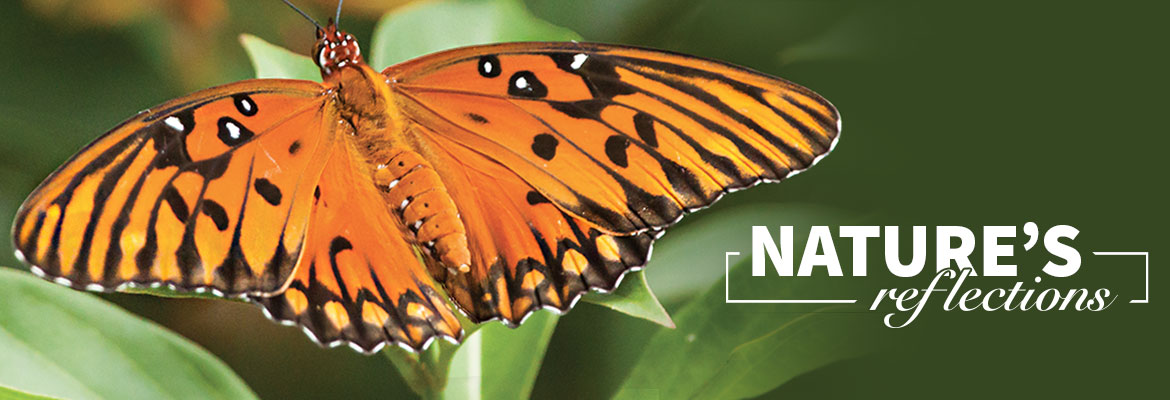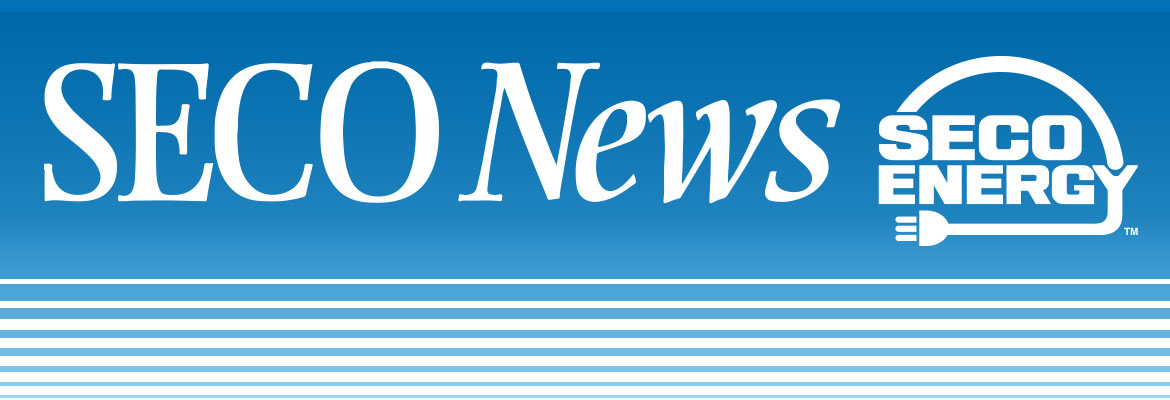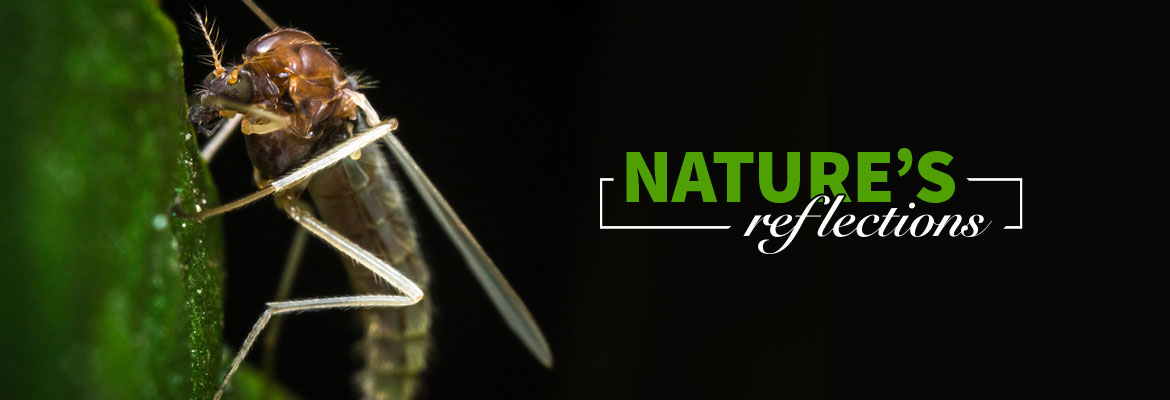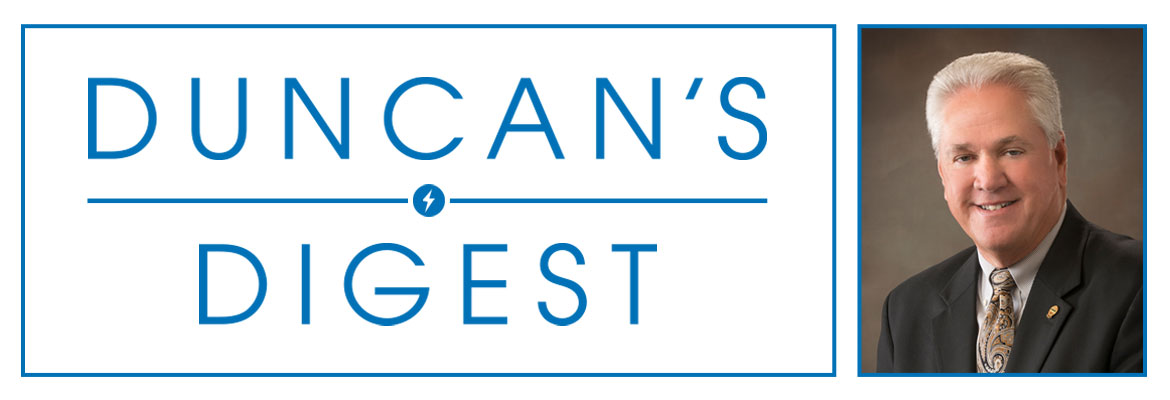
In 2015, the J. D. Power Electric Utility Residential Customer Satisfaction Study ranked SECO Energy “Highest in Customer Satisfaction Among Midsize Utilities in the South.” Words cannot express the gratitude our Board of Trustees, leadership team and employees felt after winning such a prestigious, humbling award. The entire cooperative was inspired, setting our sights on a repeat performance with continued improvement in serving our members.
You, our members, ranked SECO highly again in 2016, honoring us with another J.D. Power trophy. We are referring to the pair as our “Dynamic Duo.” This year’s ranking placed SECO Energy in a segment with the toughest competition – all cooperatives across the nation with over 100,000 meters.
On July 12, J.D. Power announced that SECO Energy has been ranked “Highest in Customer Satisfaction Among Electric Cooperatives.”
J.D. Power’s six scored factors are:
- power quality and reliability
- price
- billing and payment
- corporate citizenship
- communications
- customer service
SECO’s 2016 overall customer satisfaction score this year is an astonishing 769, which is a 20-point increase from our 2015 score. This increase reflects significant efforts by our employees to improve the level of service you receive from SECO.
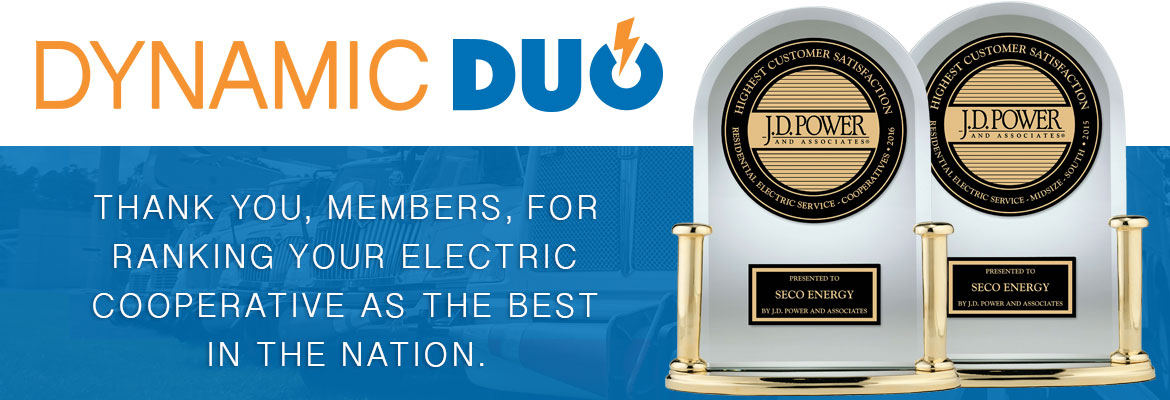
Our Operations & Engineering employees focused on reducing outage durations and improving facilities to deliver safe, reliable power. Member communications have been modernized through our redesigned website, online “Contact Us” web form and stronger social media usage. SECO News is more interesting – promoting energy efficiency, safety and ways for members to win bill credits and prizes.
Customer Service folks answered more than 300,000 phone calls in the last year and handled nearly 250,000 transactions in our Service Centers. Our Billing team generated nearly 2.5 million billing statements in the last 12 months.
SECO’s sound financial management allowed us to retire $4.6 million in Capital Credits to members in 2015 ($47.3 million since inception). And most important, we dropped the cost of electricity again on June 1st – the 8th decrease of members’ bills in the last three years.
Historically, electric cooperatives rank the best of the best in customer satisfaction compared to municipal and investor-owned utilities. Electric cooperatives are owned by the members they serve, which means our Board of Trustees, leadership team and employees focus on our most important asset: you, our member.
Thank you, members, for ranking YOUR electric cooperative as the best in the nation. It is our privilege and pleasure to serve as your electric provider.
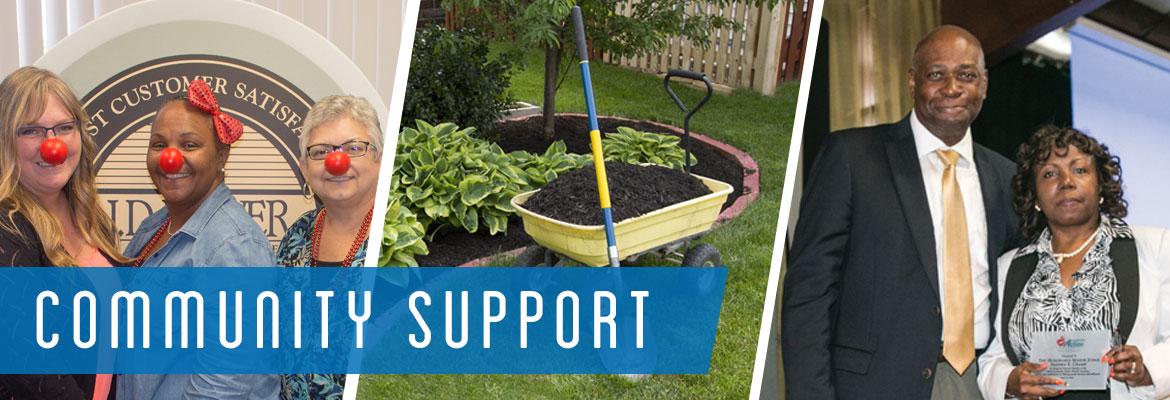
Community Support
Red Nose Day
SECO Energy employees and members brought the laughs and raised $1,181 to support FUN-raising on Red Nose Day. Wearing big, red noses may be fun, but Red Nose Day is serious support for many global charities. Donations contribute to meals for children in homeless shelters, antibiotics to treat pneumonia, eye exams, medical supplies and support homeless shelters for children.
Trees Donated to Habitat
This summer, SECO added to the beauty of the urban forest and energized the community by donating trees and shrubs to Habitat for Humanity Lake-Sumter. For nine years in a row, SECO has been recognized by the National Arbor Day Foundation as a Tree Line USA utility. The collection of cypress trees, loropetalum bushes, bougainvillea and lily hybrids will be planted at various Habitat projects in Lake and Sumter Counties.
Trees beautify communities and save energy when planted in the right place. Shade from trees can reduce cooling costs and trees block wind in the winter to reduce heating costs. To learn more about planting the right tree in the right place and saving energy, visit the Reliability section of our website.
Community Action Luncheon
SECO Energy representatives attended the Central Florida Community Action Agency (CFCAA) Annual Awards Luncheon. As a Diamond level sponsor, SECO joined community leaders in honoring the CFCAA board members, staff and area residents who dedicate their time to enrich the lives of Alachua, Levy and Marion county citizens. The CFCAA’s purpose is to reduce poverty and help low income individuals and families become self sufficient. Photo inset: CFCAA CEO, Charles J. Harris Jr., with the Honorary Senior Judge Sandra E. Champ.
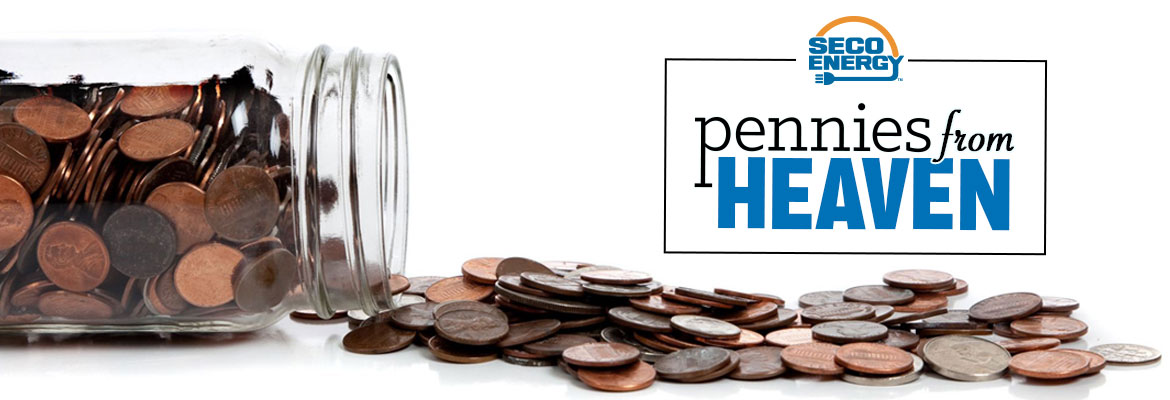
Extra Pennies?
Partner with SECO to help your neighbors in need. SECO’s Pennies from Heaven program rounds up your electric bill to the nearest dollar. The pennies donated are used to assist fellow SECO members with bill payment and to help members in dire and unique circumstances. Sign up for Pennies from Heaven today.
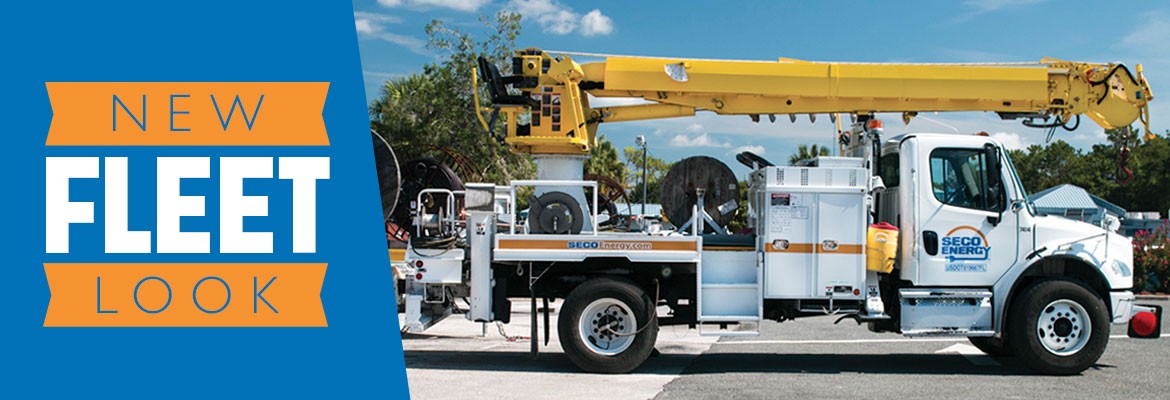
New Fleet Look
Have you seen our new look? Our entire fleet’s branding has been redesigned to display SECO Energy’s new logo. We think it looks pretty snazzy; do you?
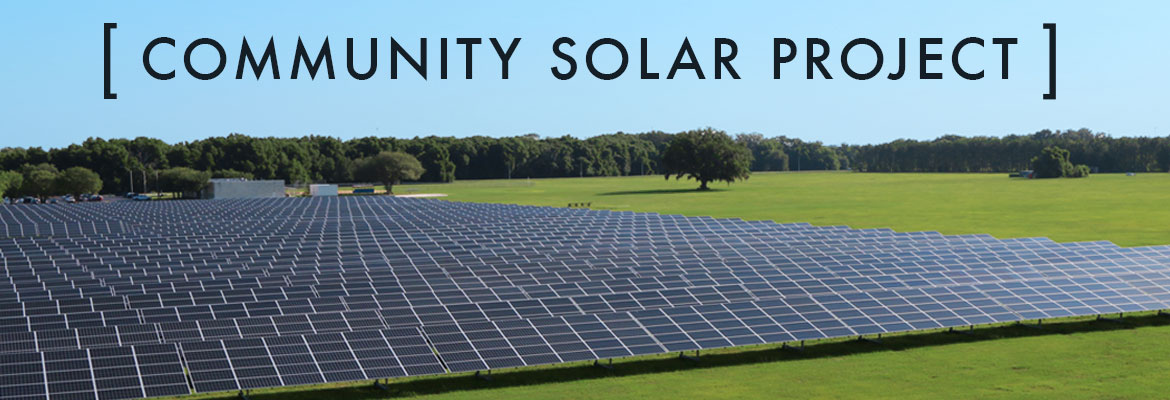
Community Solar Project
In June, SECO Energy’s wholesale power provider Seminole Electric Cooperative, Inc. began construction on its 2.2 megawatt solar facility. SECO members will have the ability to live a greener lifestyle and reduce their carbon footprint by enrolling in this upcoming Cooperative Solar Project. The enrollment process is slated to begin in October, and the project should be operational by 2017. Watch for more details on our website.

Energy Efficiency: Cash-saving Splash
Florida summers are long and hot. One of the best ways to beat the heat is in the family pool. Although the cost of running a pool adds a little to your electric bill, there are ways you can save.
Variable-speed pumps are the best energy saver. They are much more energy efficient than traditional, single-speed pool pumps. Before spending the money on costly repairs for an older pump, consider upgrading to the newer technology. Regardless of the type of pump, install a pool timer and set to operate 6-8 hours daily during the summer and 3-4 hours daily during the winter.
If you’re thinking about heating your pool, think solar. Solar panels are the most economical way to heat the water. The next best energy-saving option is a heat pump pool heater. To reduce heat loss, utilize a pool cover. Covering your pool when not in use is the single most effective means of reducing heating costs and can save you as much as 70% in electric costs.
For more information on how to save energy or to learn more about SECO Energy products and services, visit our website’s Energy Solutions section.

Slam the Door on Scams
SECO is cautioning members to slam the door on utility scams. Exercise caution when answering the door – don’t get scammed. All SECO employees carry – company issued identification – don’t hesitate to ask to see an employee’s identification. All approved SECO contractors display an “Authorized SECO Contractor” sign on their trucks, and members can view the list of authorized contractors at SECOEnergy. com under the Reliability tab.
If you receive a call threatening disconnection of service if the bill is not paid immediately, or have a question about an employee or contractor call SECO at (352) 793-3801. Prevent any bill payment confusion by enrolling in automatic bank draft today – call us or establish an online account at secoenergy.com. Don’t let scammers in – slam the door!

Facebook Winners
Congratulations to SECO Energy member Mary Wimberly of Wildwood who correctly answered our three outage prevention trivia questions on Facebook. Mary was randomly selected as our winner of the $300 electric bill credit. Congratulations, Mary!
Scott Bidgood of Ocala is the winner of our “Dodged a Bullet” gift basket. Scott posted photos and offered members additional storm preparedness tips on Facebook. Congratulations, Scott we hope you enjoy your goodies!
Be sure to “like” SECO’s Facebook page and “follow” us on Twitter for more chances to win. Also, look for the last six digits of your account number in this month’s SECO News for a chance to win a $25 restaurant gift card. Call or email us if your number appears. Good luck!
